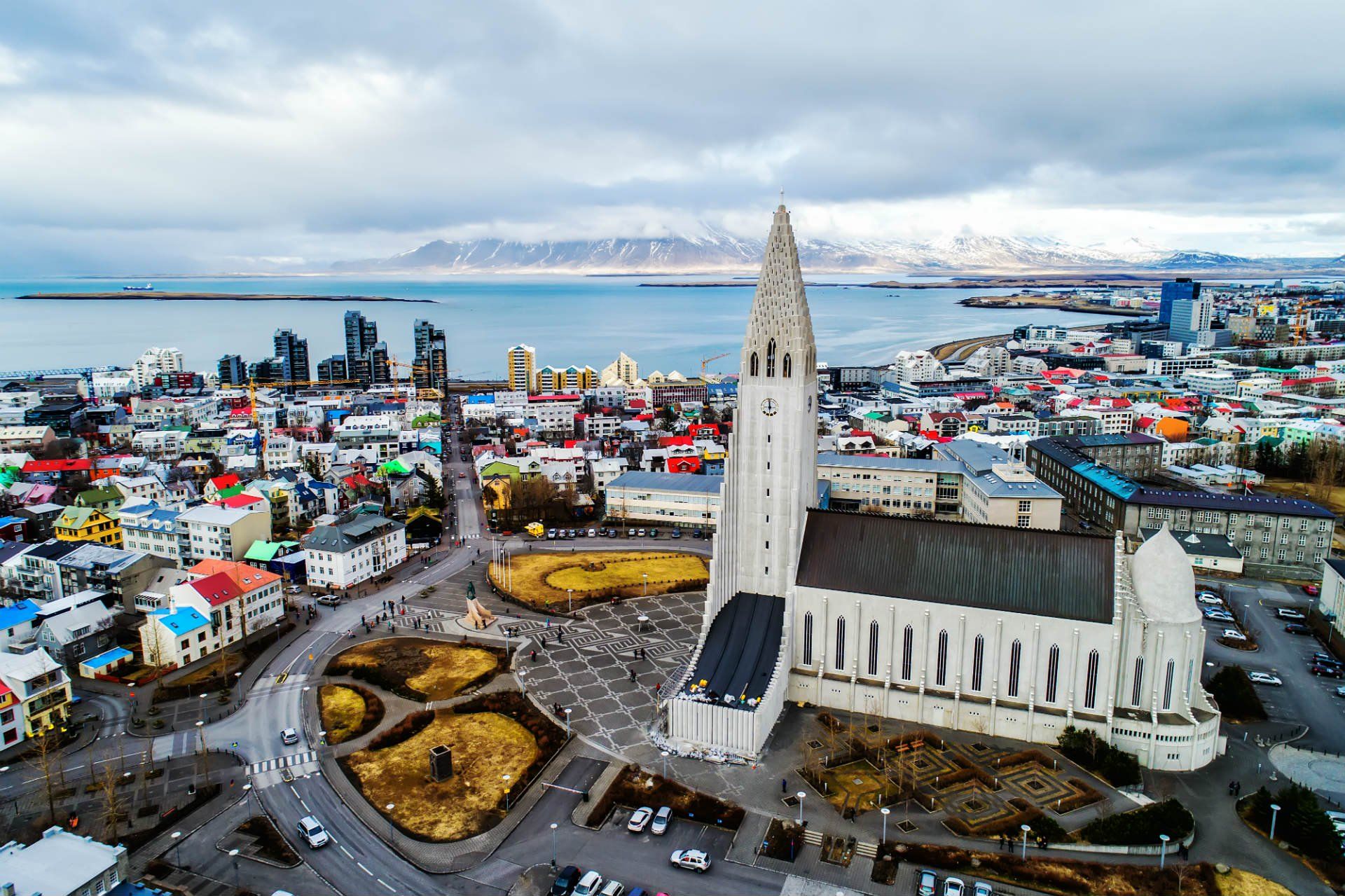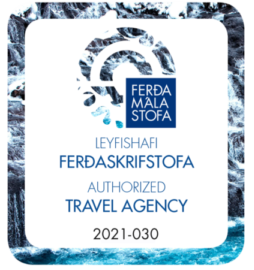Flying for the first in a helicopter can be an exciting experience. The rush of adventure and adrenaline combines to give us some of the greatest pleasure known to man. As exciting as this adventure can be, for more that a few individuals their first time might feel more than a little terrifying and overwhelming. It is completely normal to feel anxious before embarking on an adventure; and it is completely okay to feel overwhelmed. GlacierHeli is proud to present you some of their tried and tested trips and tricks to make you feel right at home! Our experienced pilots and guides will be there with every step of the way to make you feel confident about your decision to have embarked on this adventure!
Feeling Nervous About Flying

If you feel particularly nervous about flying and feel butterflies crawling all around in your stomach; we are here to let you know that flying is actually the safest forms of travel we have! There are far fewer flying accidents as compared to car accidents every year. Moreover, your helicopter pilot will be a highly trained professional with numerous hours of experience with helicopters. The weather in Iceland can be unpredictable at times and that can lead to last minute customization and risk assessment in helicopter tours; this is why our pilots are additionally trained to fly our crafts in a variety of different weather conditions. Your tour pilot will have flown a tour route many times before taking you on your desired adventure.
Additionally, you can help reduce and soothe your anxiety by practicing mindfulness and meditating when you feel overwhelmed. These can can help ground you in the here and and now and encourage you to focus on the present so that you can fully enjoy your greatest adventure yet! Be sure to ask questions beforehand; sometimes when our questions are answered and everything is explained, it can help ease symptoms of anxiety.
In addition to everything mentioned above, it is also super important to dress appropriately. Weather in Iceland can be chilly so make sure to dress in layers that you can easily layer down or up according to your needs. Keep a light jacket always on hand and wear clothes that are of a comfortable fit. One tip that we always give out to our clients is that to always research a little bit about the area they are going to visit. This can help them decide on the appropriate attire especially if there are landings involved. Always wear shoes that are comfortable; you wouldn’t want to walk on a glacier wearing heels or flipflops! Moreover, refrain from bringing heavy luggage or huge bags. The lesser the better.
Last but not the least, follow the instructions of your pilot at all times. Sit in your assigned seats and in case you aren’t sure please do not hesitate to ask questions. Keep your seatbelts securely fastened throughout the flight. In case of an emergency, follow the instructions of the pilot; remember, they are trained individuals and have been taught what to do in situations such as these. Find out where the first aid kit and personal flotation devices are located before your flight begins. Do not try to leave the helicopter until instructed to do so, and exercise caution. Before the helicopter takes off, the Pilot will give you a safety briefing. Listen to every word he/she says. Flying in a helicopter can be a very pleasant and exhilarating experience. As long as you are adequately prepared and follow instructions, there is no rhyme or reason for you to feel anxious or overwhelmed.
Be Aware of In-Flight Safety Measures

For the utmost safety of our passengers, all helicopters have many in-flight safety measures built-in. This is to ensure that passengers don’t get tossed around when the helicopters swoop and serve, they must wear seatbelts at all times unless otherwise instructed. Additionally, everyone will get noise-canceling headphones to keep the noise of the helicopter away and also to communicate with the Pilot. The helicopter also comes fully equipped with fire extinguishers for use in case of fire. All helicopters also have life jackets for use during a water landing and emergency medical kits, which contain ropes, flares, knives and other tools labeled as emergency equipment.
Be sure to follow these tips to make the most of your flight and have a remarkable experience with us!


